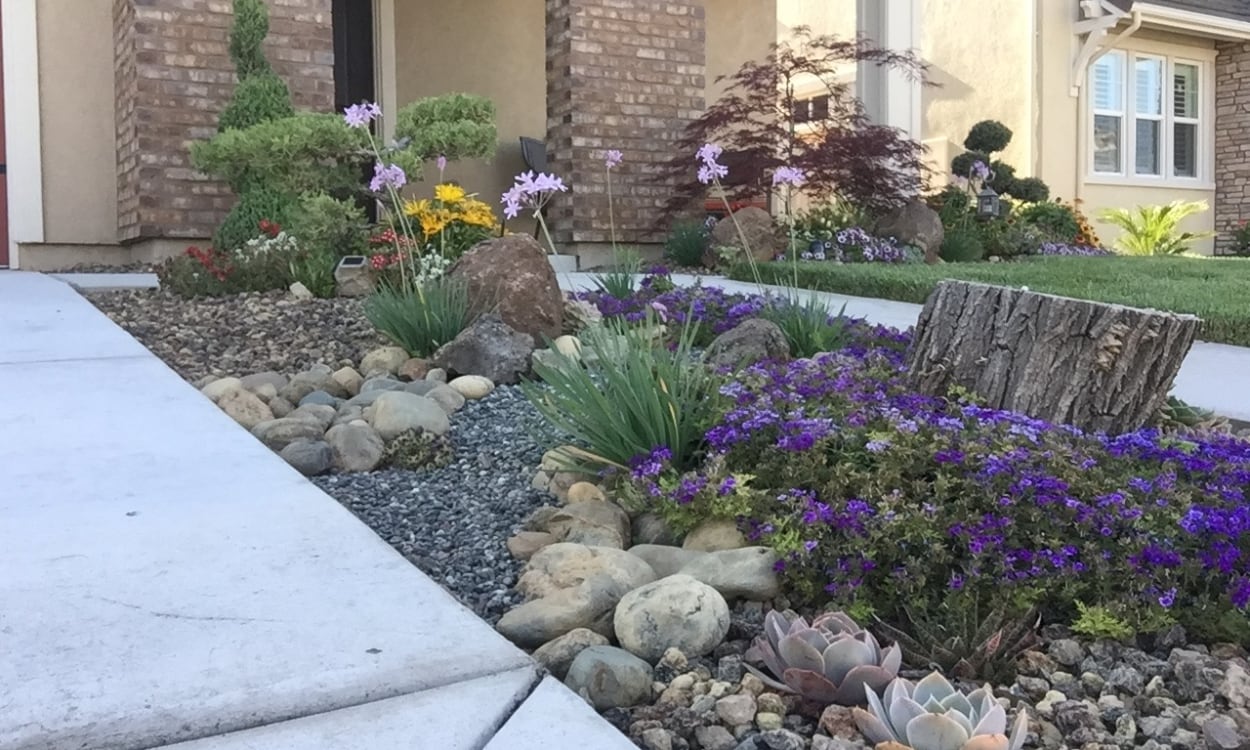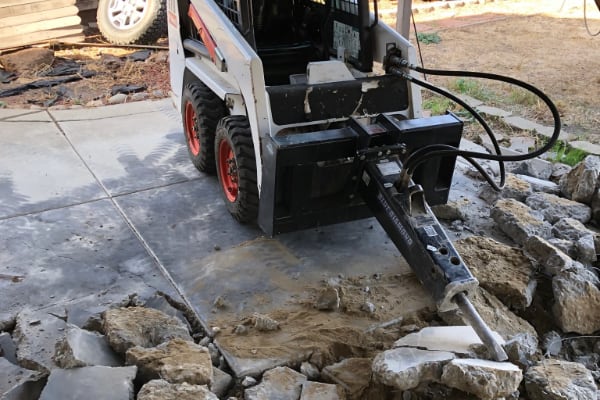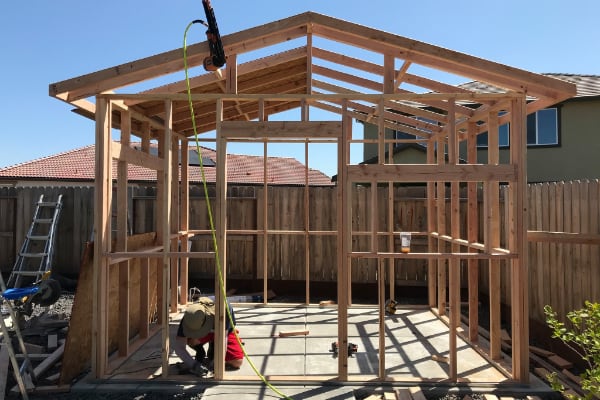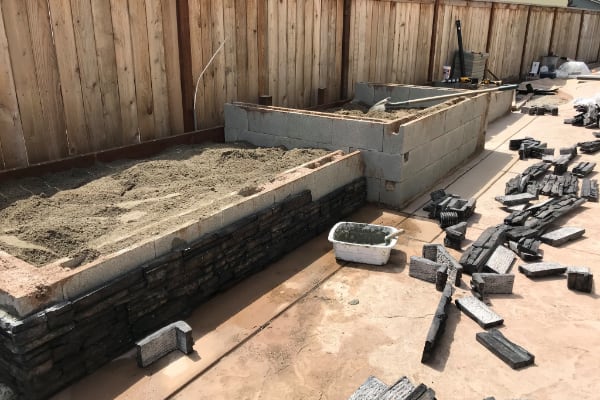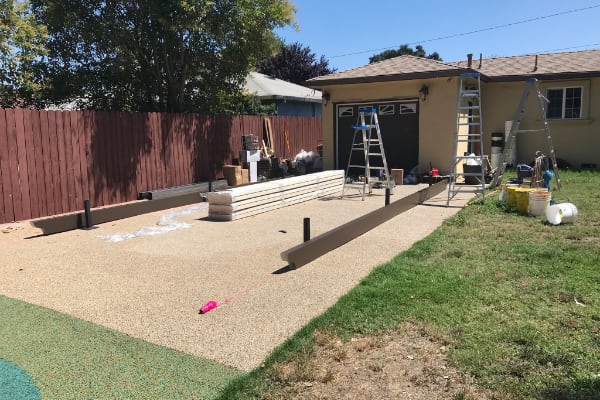Creating a low-maintenance garden that thrives in Northern California's unique climate and conditions is a goal shared by many homeowners. Fortunately, one of the most effective ways to achieve this is by incorporating native plants into your landscape design. Native plants are adapted to the local environment, requiring minimal water, fertilizer, and maintenance while providing essential habitat for local wildlife. In this blog post, we'll explore the benefits of using native plants in your Northern California garden and provide tips and tricks for creating a beautiful and sustainable outdoor space that practically takes care of itself.
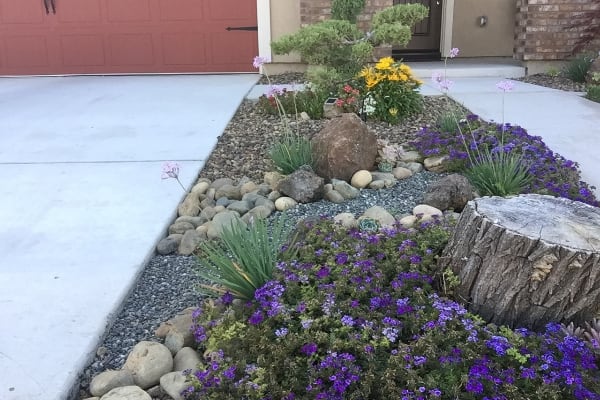
Native plants are species that have evolved and adapted to the specific environmental conditions of a particular region over thousands of years. As a result, they are well-suited to the local climate, soil, and ecosystem, requiring minimal intervention to thrive. By using native plants in your garden, you can reduce the need for irrigation, fertilizers, and pesticides, conserving water and minimizing chemical inputs while promoting biodiversity and supporting local wildlife.
When selecting native plants for your Northern California garden, it's important to choose species that are well-suited to the specific conditions of your site, including soil type, sun exposure, and moisture levels. Fortunately, there is a wide range of native plants to choose from, including trees, shrubs, perennials, and grasses, each with its own unique characteristics and benefits. Consider factors such as bloom time, color, and height when designing your garden, and choose a mix of species to provide year-round interest and habitat for pollinators and other wildlife.
Designing a low-maintenance garden with native plants begins with careful planning and consideration of your site's conditions and constraints. Start by assessing your garden's sun exposure, soil type, and drainage patterns, and choose plants that are well-suited to these conditions. Group plants with similar water and sunlight requirements together to create efficient watering zones, and consider incorporating mulch and groundcovers to suppress weeds and retain soil moisture. Incorporate hardscaping elements such as pathways, seating areas, and garden structures to add visual interest and reduce the need for maintenance.
While native plants are generally low-maintenance, they still require some care and attention to thrive. Regular watering during the establishment period is important to help native plants establish deep root systems and become drought-tolerant over time. Once established, native plants typically require minimal watering, especially during the dry summer months. Occasional pruning, weeding, and mulching may be necessary to keep your garden looking its best, but overall maintenance requirements are minimal compared to traditional garden designs.
Creating a low-maintenance garden with native plants is a sustainable and eco-friendly choice for homeowners in Northern California. By choosing species that are well-adapted to the local climate and conditions, you can create a beautiful and biodiverse outdoor space that practically takes care of itself. With careful planning, thoughtful design, and minimal maintenance, you can enjoy the beauty and benefits of native plants in your Northern California garden for years to come. So why wait? Start planning your low-maintenance native plant garden today and nurture nature in your own backyard.

